An engaged and thriving online community relies on valuable feedback from its members. The ability to listen, understand, and implement member feedback is crucial for improving operations and enhancing the overall member experience. But feedback doesn’t often happen organically; you have to build it into your operations. When you gather and implement member feedback at every stage of your community’s journey, you can continuously improve operations, enhance member experience, and foster engagement.
It is never too late to start asking for feedback and incorporating feedback touchpoints into your community. Here’s how you start now to integrate feedback processes into every stage of your community launch and member journey.
Pre-launch
Even before launching your community, establish a solid foundation for gathering feedback. Conduct surveys or interviews with potential members to understand their needs, expectations, and pain points. Incorporate this feedback while designing your community platform and defining its goals. By involving potential members early on, you can create a community that meets their needs from the very beginning.
Post-launch
After launching your community, actively seek feedback from new members after their onboarding process. Give them time to experience the community before requesting their feedback—two weeks can often be sufficient time to engage, explore, and form valuable insights. Consider sharing a feedback form at this point, specifically for members, where they can express their initial experiences and expectations. Better yet, you may also want to reach out to new members personally after their onboarding to introduce yourself and get to know them a little bit. Some people may not be proactive in giving feedback, but would disclose their thoughts and ideas over the course of a conversation with you.
Post-event or meetup
Make use of events, webinars, or virtual meetups as touchpoints to gather valuable feedback from your community. You can conduct post-event surveys or host feedback sessions where members can openly discuss their experiences. These insights will help you refine future events and make informed decisions based on the community’s preferences and expectations.
At anniversaries and other key dates
Implement feedback processes at specific time checkpoints to understand long-term member satisfaction and identify areas for improvement. After a certain period, such as three, six, or twelve months, invite members to provide feedback on their overall experience with the community. Consider using a mix of qualitative and quantitative methods, such as surveys, individual conversations, and focus groups, to gather comprehensive insights.
Unengaged members
For members who have become disengaged, feedback can be a powerful tool for understanding their reasons and finding ways to re-engage them. Identify different segments of unengaged members, such as dormant or infrequent participants, and implement targeted feedback processes to understand their challenges and expectations. Reach out to them with personalized surveys or individual outreach to gather insights. Use the feedback to tailor content, events, or engagement strategies to recapture their interest and rekindle their involvement.
When you build in processes for feedback at each stage of your community launch and member journey, you make members feel like their thoughts are valuable, and in turn that makes them feel like you value them. It’s also essential to have processes in place to then do something with the feedback that you get. The whole point of feedback is to continuously improve the community for the people in it. If you make a change based on member feedback, let them know! When members feel valued and listened to, they are more likely to continue engaging with the community.

